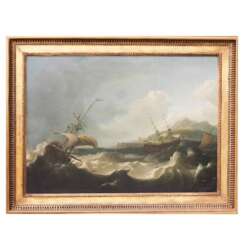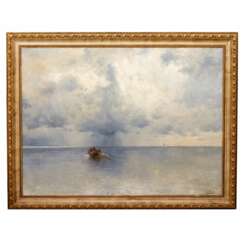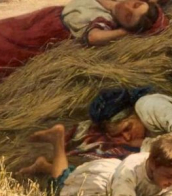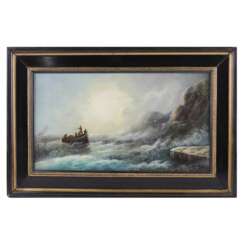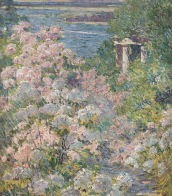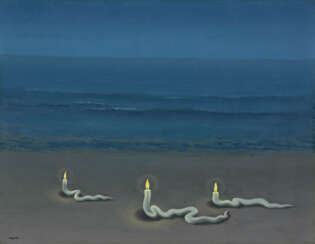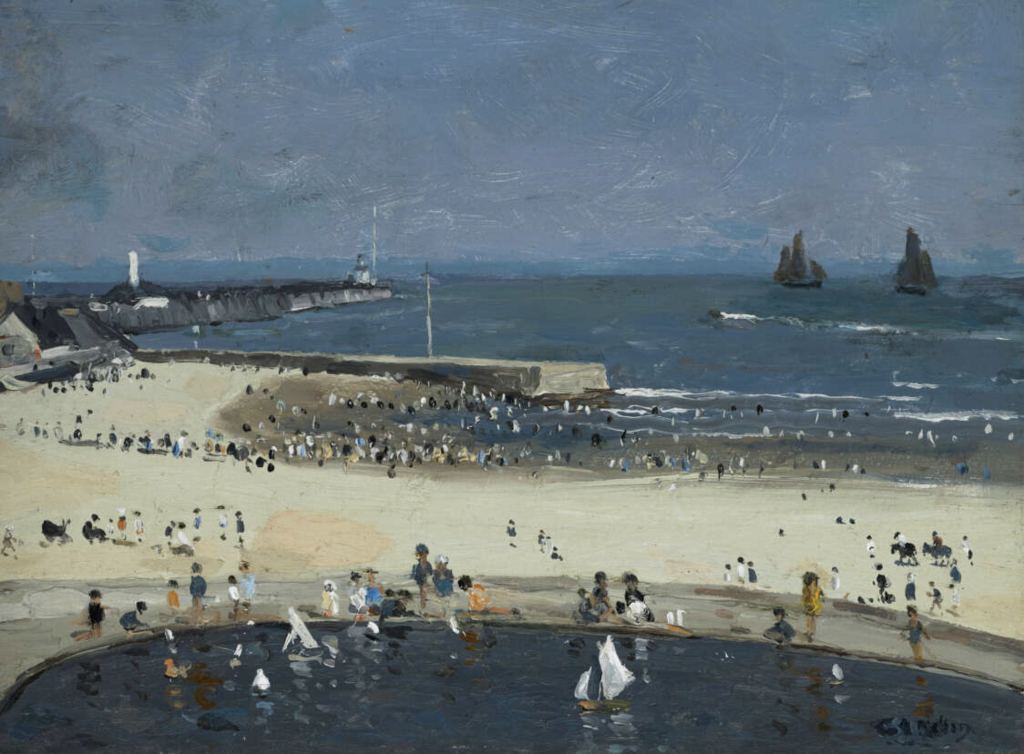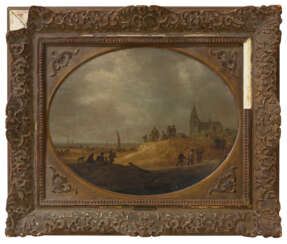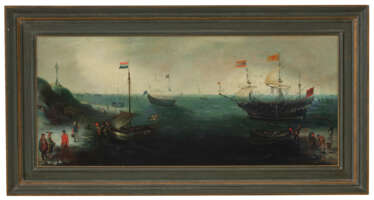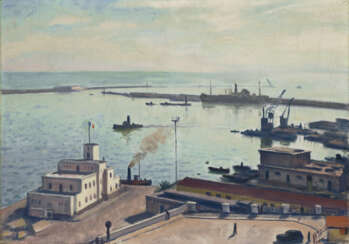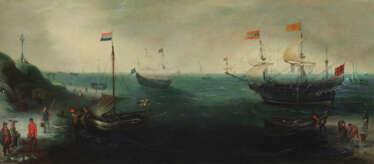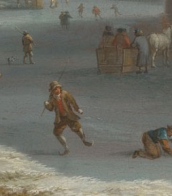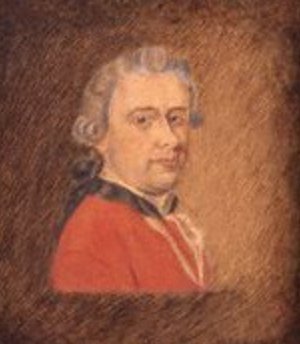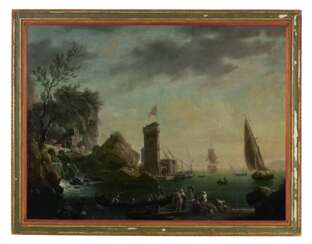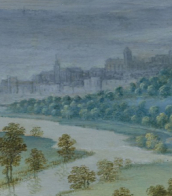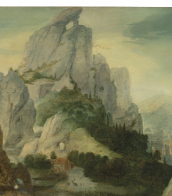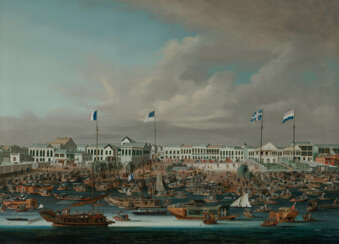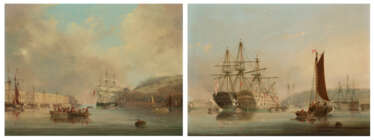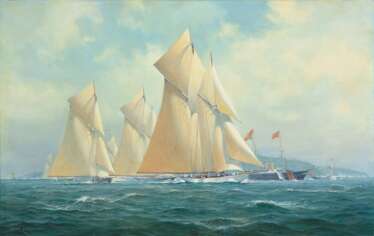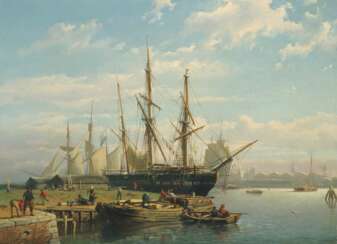морской пейзаж маслом

.jpg)
René Magritte, a Belgian artist, was renowned for his significant contributions to the Surrealist movement. His art, known for merging ordinary objects with bizarre, dream-like contexts, captivated the art world. Born on November 21, 1898, in Lessines, Belgium, Magritte's early artistic pursuits were impressionistic, transitioning through Cubism and Futurism influenced by artists like Jean Metzinger. However, his encounter with Giorgio de Chirico's work in 1922 steered him towards Surrealism.
Magritte's career was marked by various phases, each showcasing his evolving style and thematic focus. His initial foray into Surrealism began in 1926 with "The Lost Jockey" and was further solidified during his time in Paris, where he mingled with other prominent Surrealists like André Breton. Despite facing initial criticism and financial challenges, Magritte's unique blend of familiar imagery in unfamiliar contexts, like in "The Empire of Light" and "Time Transfixed," earned him acclaim.
Magritte's distinct visual language, characterized by recurring motifs like bowler hats and apples, and his exploration of reality and illusion, remain influential. His works are displayed in major galleries worldwide, continuing to inspire and intrigue art collectors and enthusiasts.
For collectors and experts in art and antiques, staying informed about Magritte's works and related auction events is crucial. Signing up for updates ensures you're alerted to new sales and events focusing on René Magritte's art, offering unique opportunities to acquire or learn more about his remarkable creations. This subscription will exclusively cover new product sales and auction events related to Magritte, keeping you updated on the most relevant information in the art world.
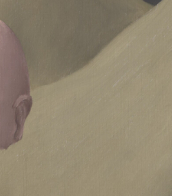
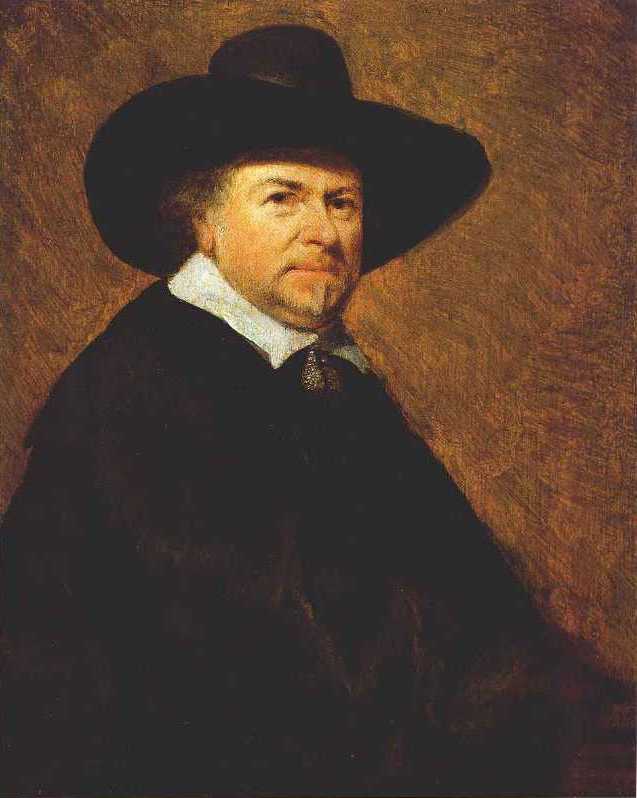
Jan Josephsz. van Goyen was a Dutch landscape painter and draftsman of the Golden Age, a member of the Guild of St. Luke of Leiden, and a representative of the so-called tonal landscape. Van Goyen specialized in landscape painting and left many paintings depicting forest paths, rivers, lakes, and canals. He also painted peasant huts and the outskirts of towns.
Jan van Goin was one of the most prolific painters of the 17th century: some 1,200 paintings he created and some 800 drawings have survived.
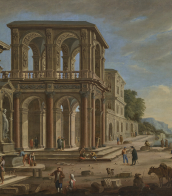

Eugène Louis Boudin was one of the first French landscape painters to paint outdoors. Boudin was a marine painter, and expert in the rendering of all that goes upon the sea and along its shores. His pastels, summary and economic, garnered the splendid eulogy of Baudelaire; and Corot called him the «King of the skies».

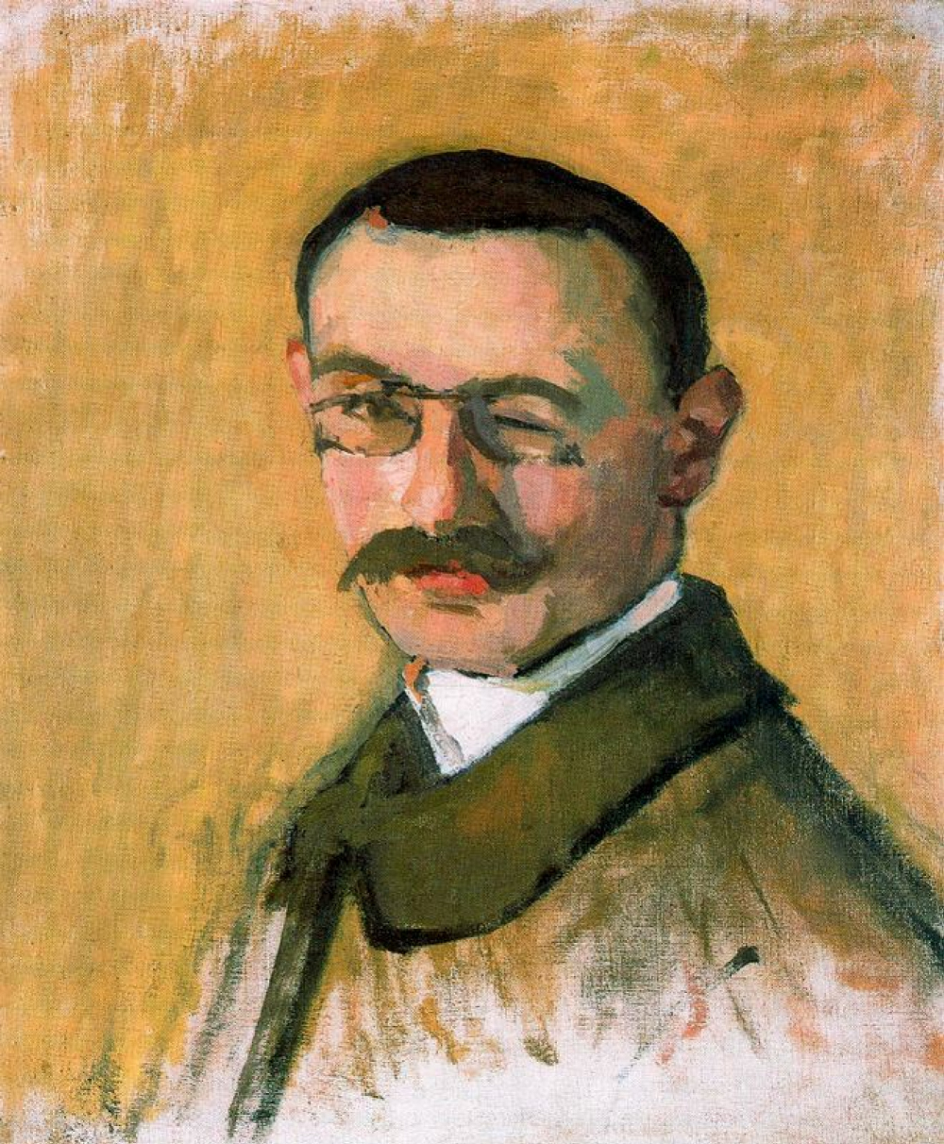
Albert Marquet was a French painter, renowned for his affiliation with the Fauvist movement, a group characterized by their use of wild, vivid colors to depict emotional expression. Unlike his contemporaries who embraced bright and violent colors, Marquet distinguished himself with a more subdued palette, employing less intense tones by mixing complementary colors to achieve a naturalistic style, primarily in landscapes. His work is celebrated for its simplicity in form and color, often focusing on serene water scenes, bustling city views, and the animated life of waterfront cities, particularly in North Africa and across various European locales like Naples and Venice.
Marquet's technique involved painting water as a broad area of simple tone, which cleverly held the plane of the water's surface without resorting to illusionistic perspective, allowing ships to emerge into a different plane with ease. This method, alongside his unique approach to color and composition, drew parallels with Japanese Shijo style work, emphasizing simplicity, movement, and the effective use of color to capture scenes' essence.
Throughout his career, Marquet frequently returned to favored subjects, capturing subtle variations in light and atmosphere. His landscapes, cityscapes, and maritime scenes are noted for their tranquility and the artist's keen observation of light and color. His works are housed in prestigious museums worldwide, including the Musée National d'Art Moderne, the Metropolitan Museum of Art, and the Pushkin Museum, showcasing his versatile talent in capturing the natural and urban environment.
Marquet's legacy is significant, admired for his astute sense of color and the ability to convey atmospheric mood with minimal elements. His influence extends beyond the canvas, impacting subsequent generations of artists and collectors who appreciate the subtlety and depth of his work. For collectors and experts in art and antiques, Albert Marquet represents a pivotal figure in modern art, whose works continue to inspire and captivate audiences with their serene beauty and emotional depth.
To stay informed about new sales and auction events related to Albert Marquet's works, signing up for updates can offer exclusive insights and opportunities to acquire pieces by this influential artist. This subscription is an invaluable resource for those keen to enhance their collection with works by one of the masters of Fauvism and modern landscape painting.


Eugène Louis Boudin was one of the first French landscape painters to paint outdoors. Boudin was a marine painter, and expert in the rendering of all that goes upon the sea and along its shores. His pastels, summary and economic, garnered the splendid eulogy of Baudelaire; and Corot called him the «King of the skies».

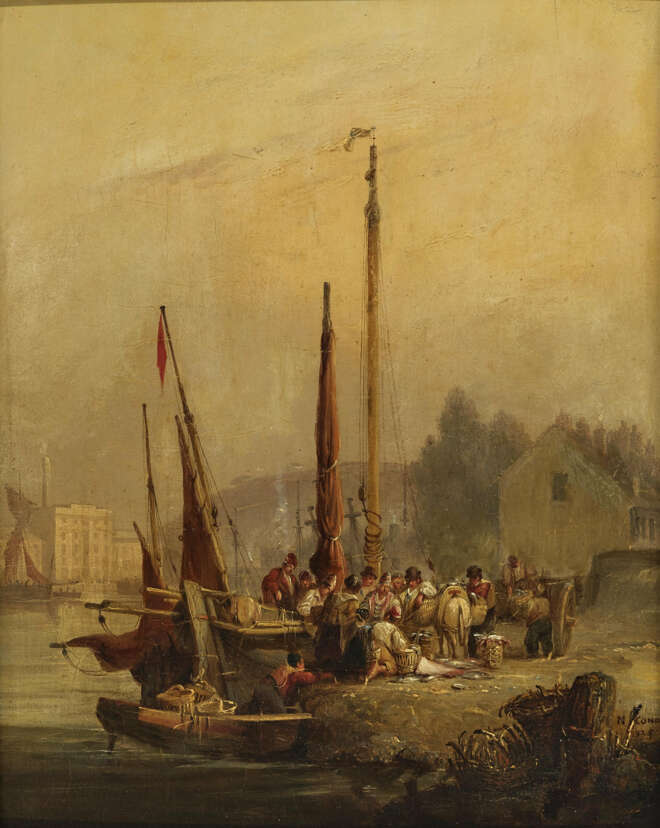
Nicholas Condy was an English painter.

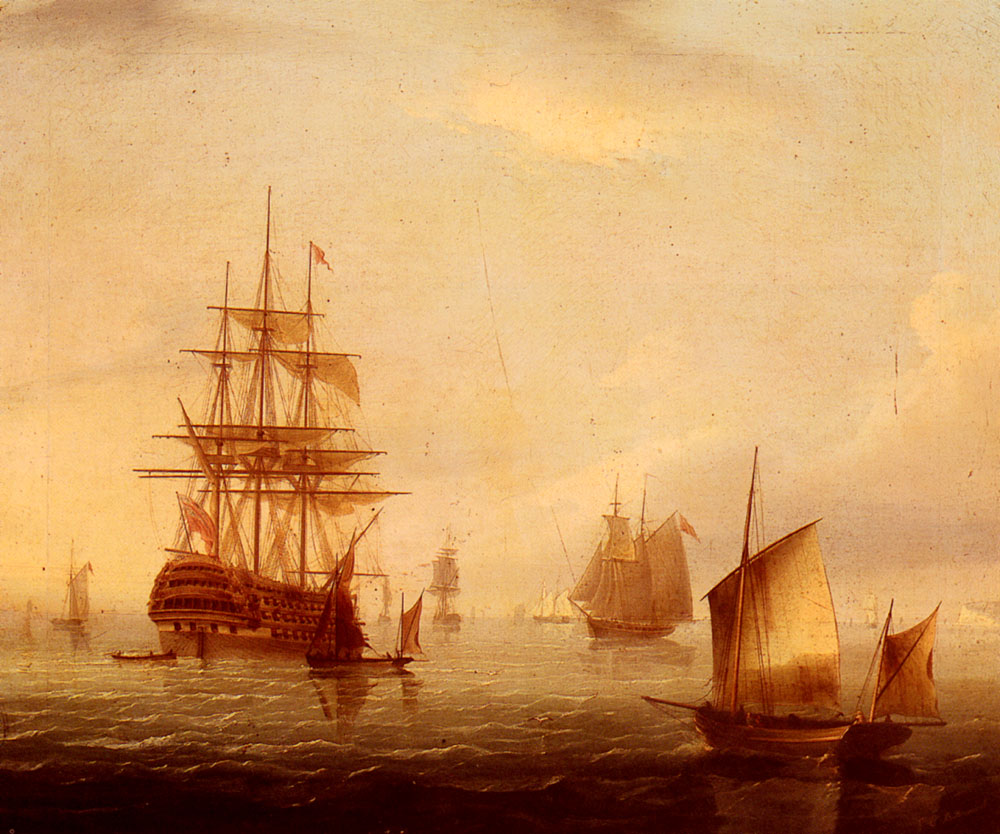
James Edward Buttersworth was an English painter who specialized in maritime art and is considered among the foremost ship portraitists in the United States of the nineteenth century. His paintings are particularly known for their meticulous detail, dramatic settings, and grace in movement.
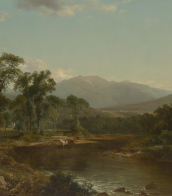
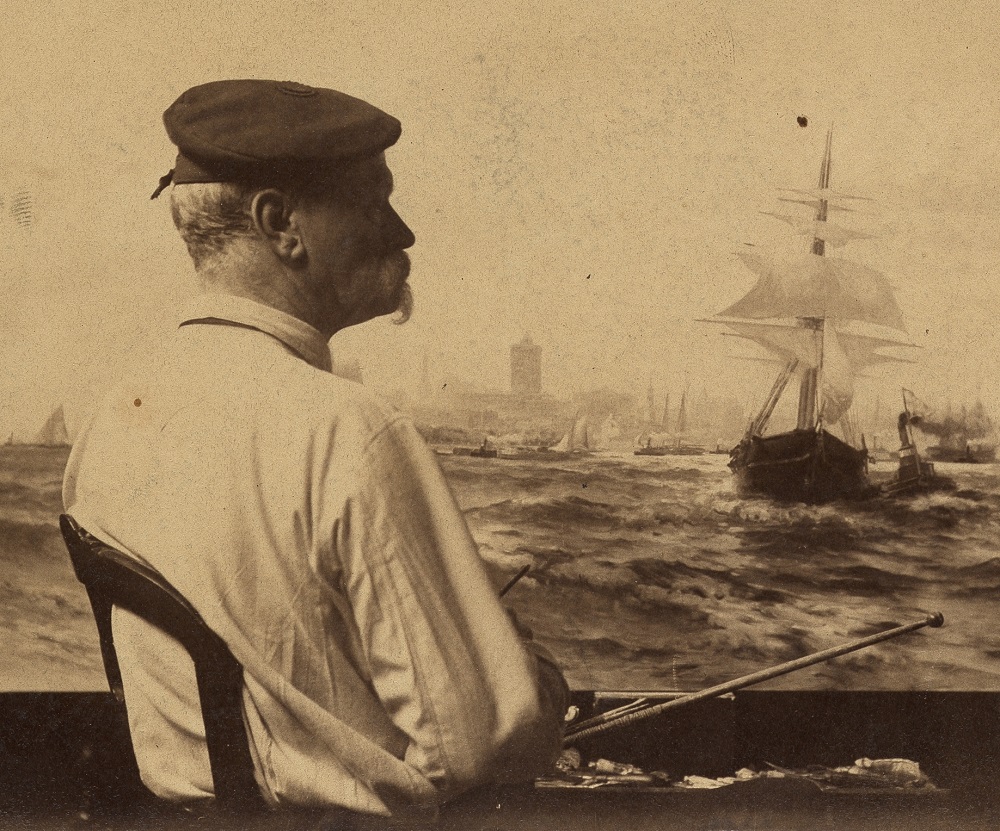
Edward Moran was an English-born American artist of maritime paintings. He is arguably most famous for his series of 13 historical paintings of United States marine history.


James Edward Buttersworth was an English painter who specialized in maritime art and is considered among the foremost ship portraitists in the United States of the nineteenth century. His paintings are particularly known for their meticulous detail, dramatic settings, and grace in movement.

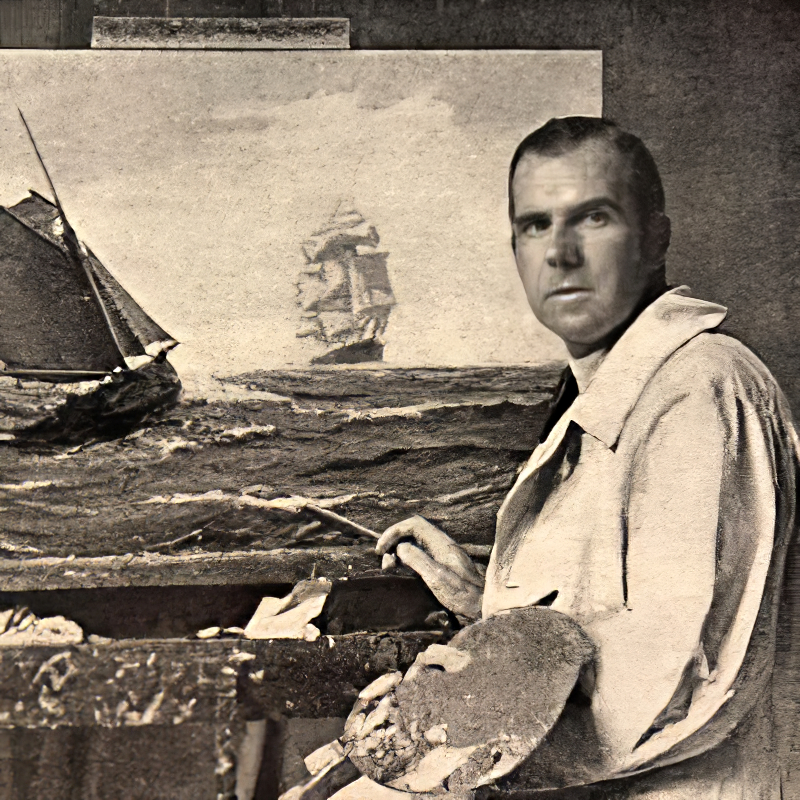
Montague Dawson was a British painter who was renowned as a maritime artist. His most famous paintings depict sailing ships, usually clippers or warships of the 18th and 19th centuries.
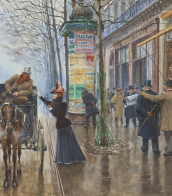
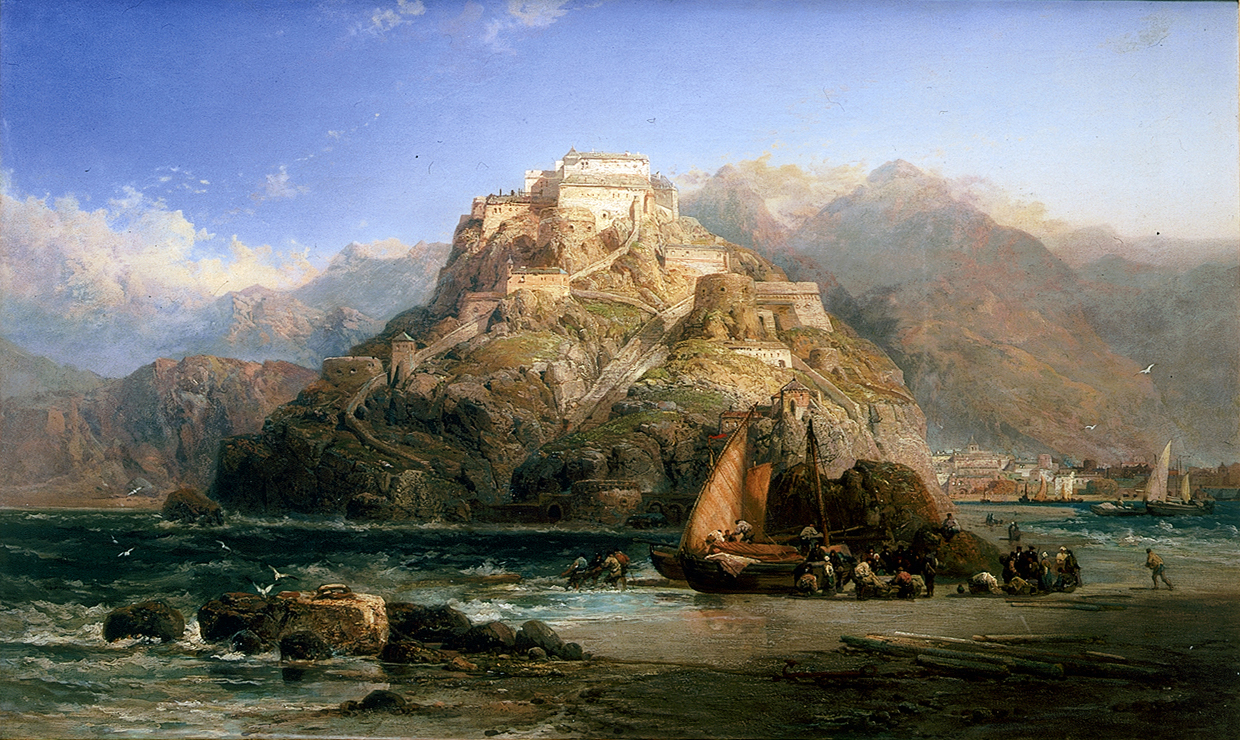
James Webb was a British painter specialising in marine views and landscapes. He lived all his life in Chelsea, London.
He exhibited in London at the Royal Academy and the British Institute between 1850 and 1888, and many of his works still hang in London in the collections of the Victoria and Albert Museum and the Tate Gallery.

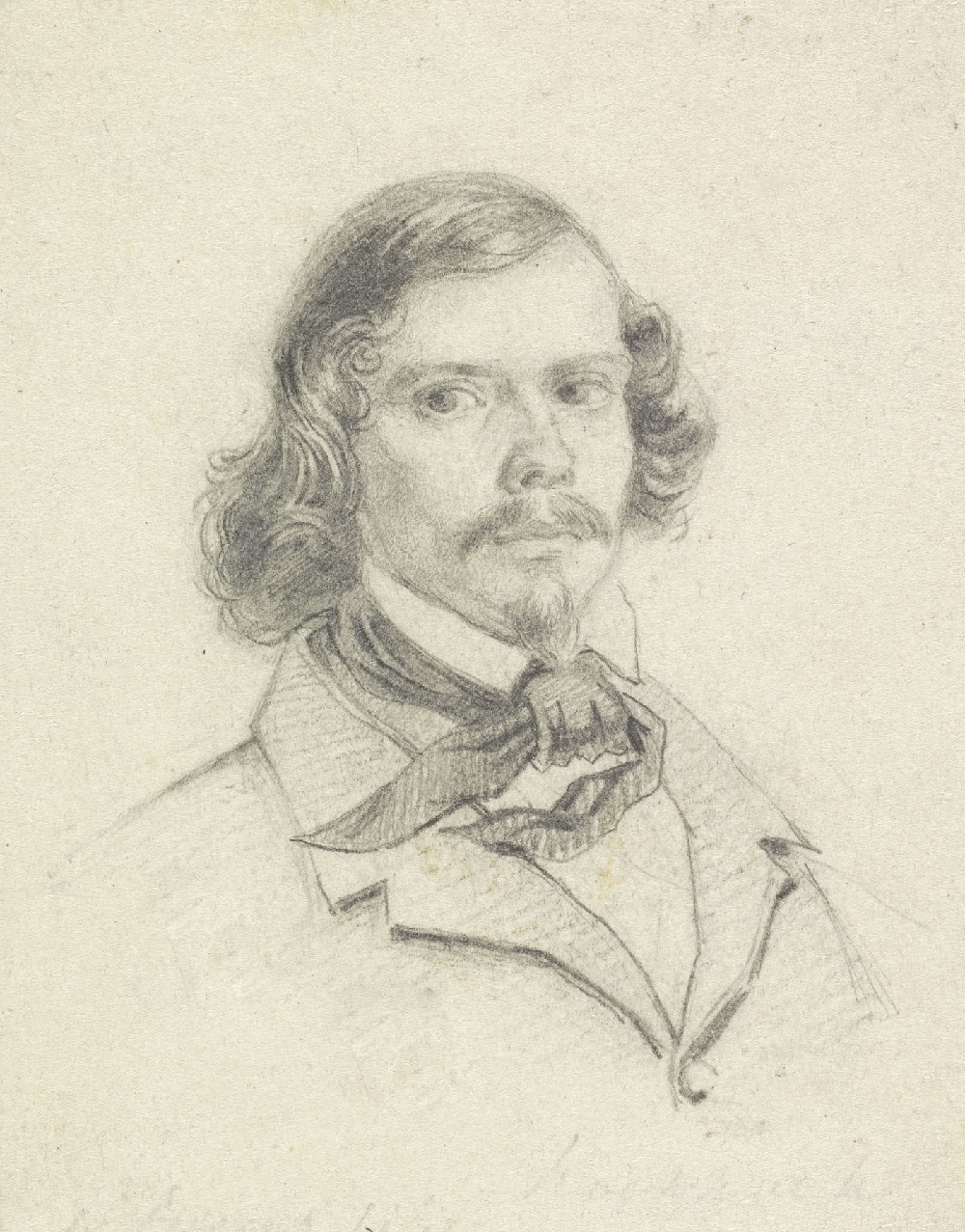
Hermanus Koekkoek was a distinguished Dutch painter known for his marine art. As a member of the renowned Koekkoek Painting Family, Hermanus followed in the footsteps of his father, Johannes Hermanus Koekkoek, and his brothers, becoming an influential figure in the realm of maritime and landscape painting.
His art education began under the tutelage of his father and later extended to formal studies at the Rijksakademie in Amsterdam, where he honed his skills in marine art, a genre that he primarily focused on throughout his career. Hermanus's works exhibit a blend of Realism and Romanticism, drawing inspiration from the Dutch Golden Age of painting. His contributions to the art world were recognized with a gold medal at an exhibition held by Arti et Amicitiae, an artists' society in Rotterdam.
Hermanus Koekkoek's paintings often depict serene maritime scenes, showcasing his adeptness at capturing the tranquility and dynamism of the sea. His works were well received not only in the Netherlands but also in Germany and England, and today, they can be viewed in prestigious institutions like the Teylers Museum and the Museum Boijmans Van Beuningen.
For art collectors and enthusiasts, Hermanus Koekkoek's oeuvre provides a captivating glimpse into 19th-century Dutch marine and landscape painting, offering a testament to his skill and artistry in capturing the essence of the natural world and maritime life.
If you are intrigued by Hermanus Koekkoek's artistry and wish to stay informed about exhibitions, sales, or auctions featuring his works, consider subscribing to updates related to this esteemed painter.

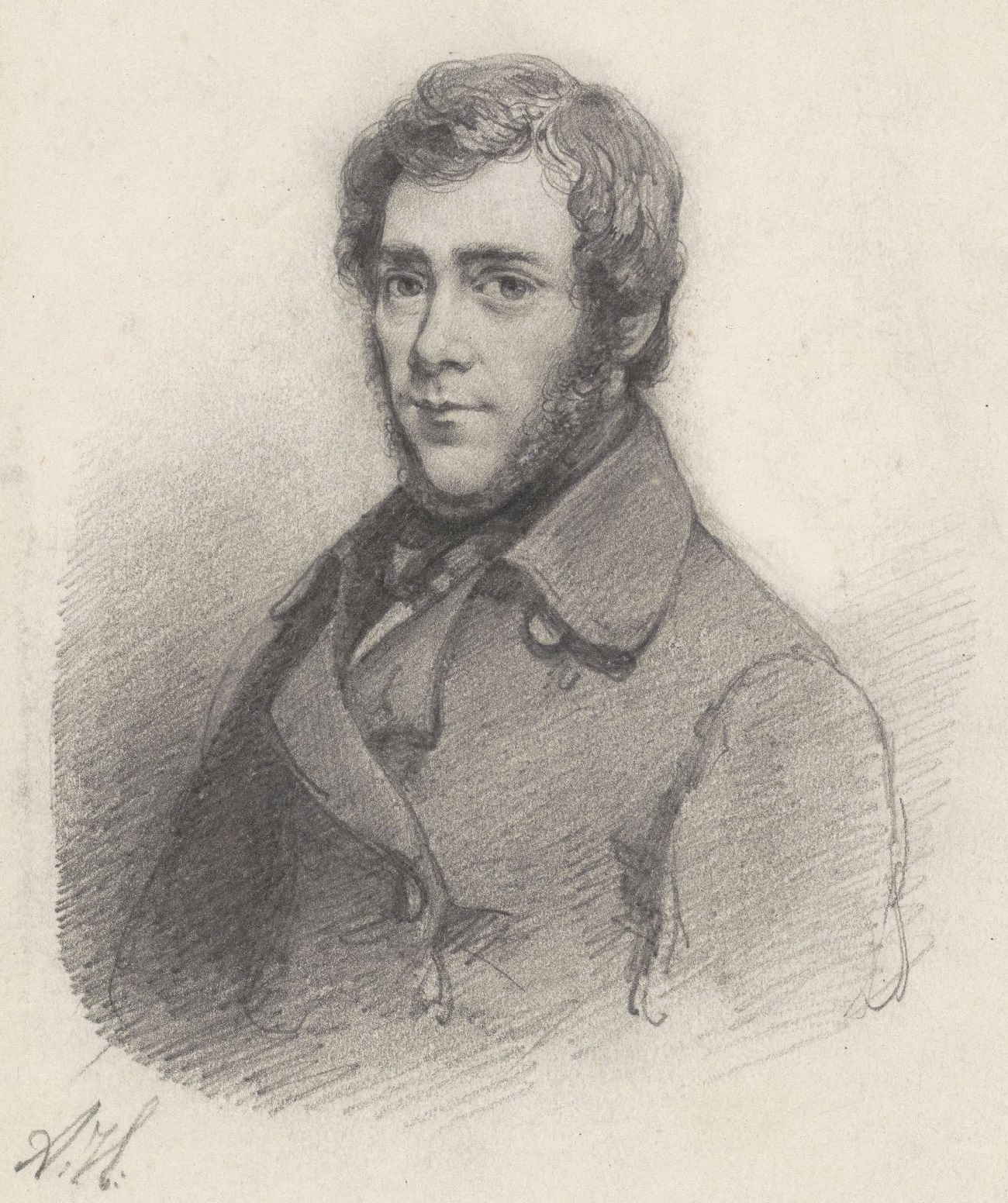
Abraham Hulk was an Anglo-Dutch painter, draughtsman and lithographer. He initially trained as a portraitist, but became a well-known as a marine-painter and the patriarch of a whole family of Anglo-Dutch artists.

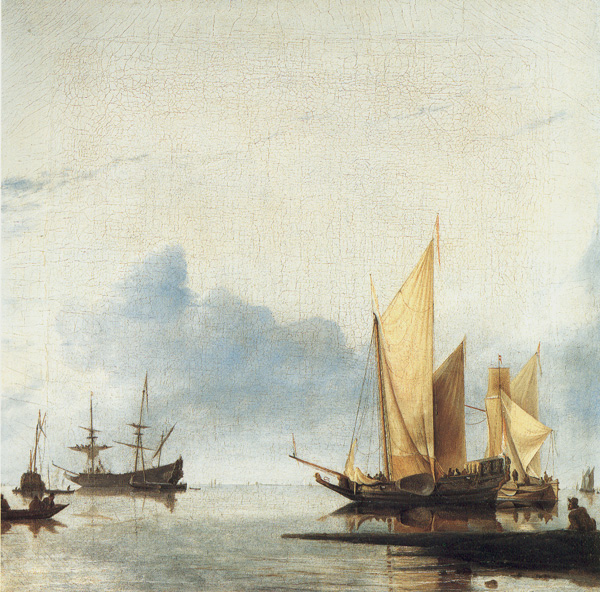
Hendrick Dubbels, a distinguished Dutch Golden Age painter, was renowned for his tranquil marine scenes and evocative winter landscapes. Born in 1621 in Amsterdam, Dubbels lived his entire life in this vibrant city, known for its rich artistic milieu.
His unique artistic journey began in the studios of other prominent marine artists, where he honed his skills in portraying the serene and the tumultuous aspects of the sea. Initially influenced by Jan Porcellis, Hendrick Dubbels' style evolved through his work with Simon de Vlieger and the Van de Veldes, leading to his signature tranquil seascapes. The 1650s marked his most productive period, during which he also mentored Ludolf Bakhuizen, another luminary in marine painting.
Hendrick Dubbels' works are distinguished by their calm, composed waters and skilfully rendered ships, reflecting a deep understanding of the sea's various moods. His winter landscapes also display a keen observation of light and shadow, capturing the quiet beauty of the colder months. Among his notable works is "Calm Sea," an oil on canvas showcasing his mastery in depicting peaceful maritime scenes.
Art collectors and experts will find Hendrick Dubbels' work a testament to the serene beauty and technical excellence of the Dutch Golden Age. His paintings are not just visual feasts but also historical narratives of the maritime culture of the era.
To explore more about Hendrick Dubbels and stay informed about sales and auction events related to his works, sign up for our updates. This subscription is your gateway to acquiring pieces from this master of marine and winter landscapes.
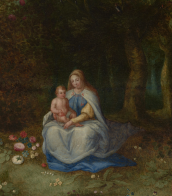
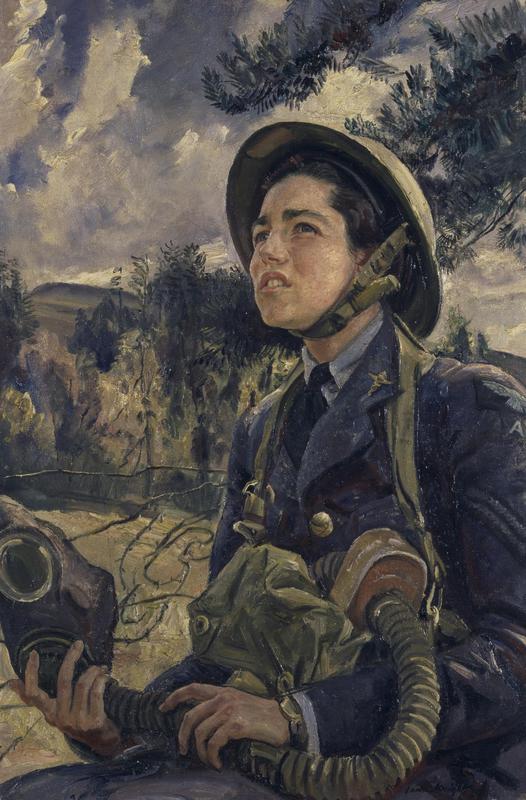
Dame Laura Knight was an English artist who worked in oils, watercolours, etching, engraving and drypoint. Knight was a painter in the figurative, realist tradition, who embraced English Impressionism. In her long career, Knight was among the most successful and popular painters in Britain. Her success in the male-dominated British art establishment paved the way for greater status and recognition for women artists.
In 1929 she was created a Dame, and in 1936 became the second woman elected to full membership of the Royal Academy. Her large retrospective exhibition at the Royal Academy in 1965 was the first for a woman. Knight was known for painting amidst the world of the theatre and ballet in London, and for being a war artist during the Second World War. She was also greatly interested in, and inspired by, marginalised communities and individuals, including Romani people and circus performers.
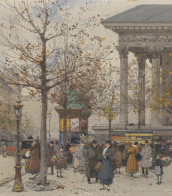
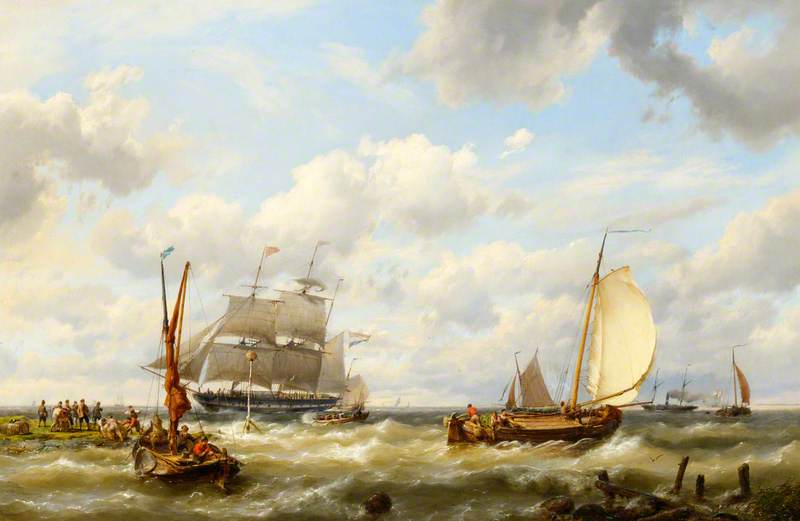
Johannes Hermanus Koekkoek was a Dutch painter and draughtsman. Following his education, he worked as an art teacher, but soon decided to become a free-lance artist. In 1826, he moved to Durgerdam, near Amsterdam, where he would live and work until 1833. He initially combined seascapes and cityscapes but, in his later years, focused entirely on ocean scenes. Much of his inspiration came from the painters of the Dutch Golden Age. His style was essentially Realistic, but alos showed elements of the newer Romantic aesthetic. Rather than merely paint ships, he also learned as much as he could about the different types.

